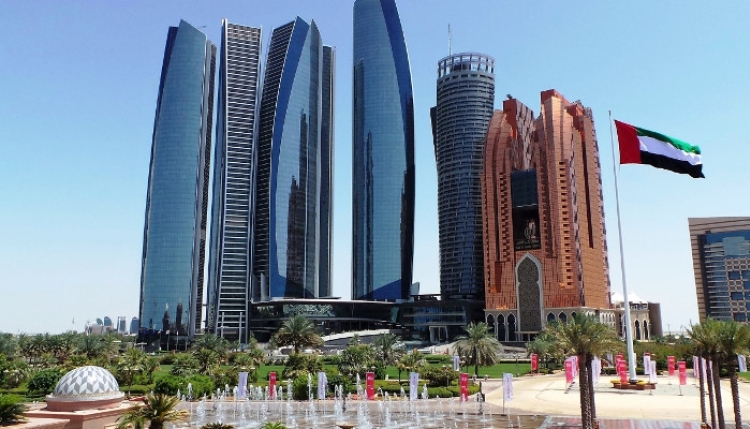Dubai - MENA Herald: Dubai’s position as a safe haven for investors is continuing to grow with a 45% increase in the number of transactions for off-plan properties in Q1, according to the latest report from Chestertons.
Over the first three months of the year, there was also a 4% average rise in the number of transactions for ready properties, a 25% increase in overall transactional activity during that period.
Ivana Gazivoda Vucinic, Head of Advisory & Research, Chestertons MENA said: “In the first quarter we witnessed positive movement on the residential transaction side for both transaction values and volumes. This is partly due to the increase in incentives and payment plans created by developers to make it more financially amenable for investors to purchase property.
“The increased number of transactions was followed by increased transactional value, which stood at AED12.28 billion for both ready and off-plan units, which is a 31% increase compared to the previous quarter and an indication that price points are now more in line with buyer expectation.”
During 2016 there were 16,000 units added to the market, with a further 15,000 expected to be delivered in 2017. However, Gazivoda Vucinic is confident there will not be any oversupply issues - the realisation rate is increasing, from 30% a few years back to almost 45-50% now, a sign of a more regulated and efficient market.
Gazivoda Vucinic said: “Early signs are showing that the residential market is on its way to recovery. Increased transactional activity and slightly higher or stabilised prices are showing that investors have increased confidence in the Dubai market.
“With a growing population and ever-present foreign investors’ appetite, we expect the forecasted units due for delivery this year to be easily absorbed by additional demand.”
The latest research report revealed apartment sales prices have increased by 3% on average during the first quarter, with properties in the emirate’s more affordable areas experiencing substantial price rises. Dubailand recorded an average increase of almost 20%, from AED760/sqft in Q4 2016 to AED904.2/sqft; while Dubai Sports City climbed 15% on average from AED918/sqft to 1,053/sqft.
In contrast, apartments in The Greens and JVT saw prices drop by an average of almost 5%, from AED1,329/sqft to AED1,268/sqft, and AED860/sqft to AED928.42/sqft respectively.
Robin Teh, UAE Country Manager/Director Valuations & Advisory UAE, Chestertons MENA said: “We’re seeing several of the newer communities in Dubai become more established and with this an increase in interest from investors. They offer a range of amenities and good connectivity which has undoubtedly piqued the interest of potential home owners. They are also in a price bracket much less than centrally located developments and therefore appealing to those with more limited budgets or looking to downsize.”
There was an average overall drop of 1% in terms of villa sales prices. Palm Jumeirah led the way in Q1 with a 7% average increase, from AED2,152/sqft to AED2,301/sqft compared to the previous quarter. This compared to an average 10% decline in sales prices for villas in The Meadows/The Springs, with villas falling from AED1,187/sqft to AED1,073/sqft.
Overall, residential rents dropped marginally in Q1. While average apartment rents dropped by 1% across the emirate, properties in DIFC bucked the trend with an overall 4% average increase compared to Q4 2016. In Dubailand, rents fell by an average of almost 4%, with similar drops experienced in JLT and Remraam.
Villa rentals also fell, on average, by 1%, with villas in Victory Heights (8% on average) and The Springs (average 6%) experiencing the greatest drops. The Lakes saw rents increase by an average of almost 6%.
In terms of office sales, prices increased by an average of 2% during Q1, with JLT and Barsha Heights witnessing the greatest increases, at 5% and 4% respectively. Despite the growth of sales values, rents were still under pressure and dropped by 3% on average. JLT maintained the same rental levels from the previous quarter, while Business Bay and DIFC dropped by 4% on average and the rents fell in Barsha Heights by an average of 3%.
Office sales, meanwhile, declined by 17% on average in terms of volume, and 15% in value in Q1 2017, which is a sign the office market is still going through the correction stage as a result of recent economic movements in the market.
Teh added: “Weakened oil prices have caused businesses to either consolidate their operations or to downsize, which has left a notable supply of available office space on the market. We expect the positive market sentiment to reflect in the office market in the forthcoming months, which will stabilise rents and, in turn, trigger occupancy increases.”






